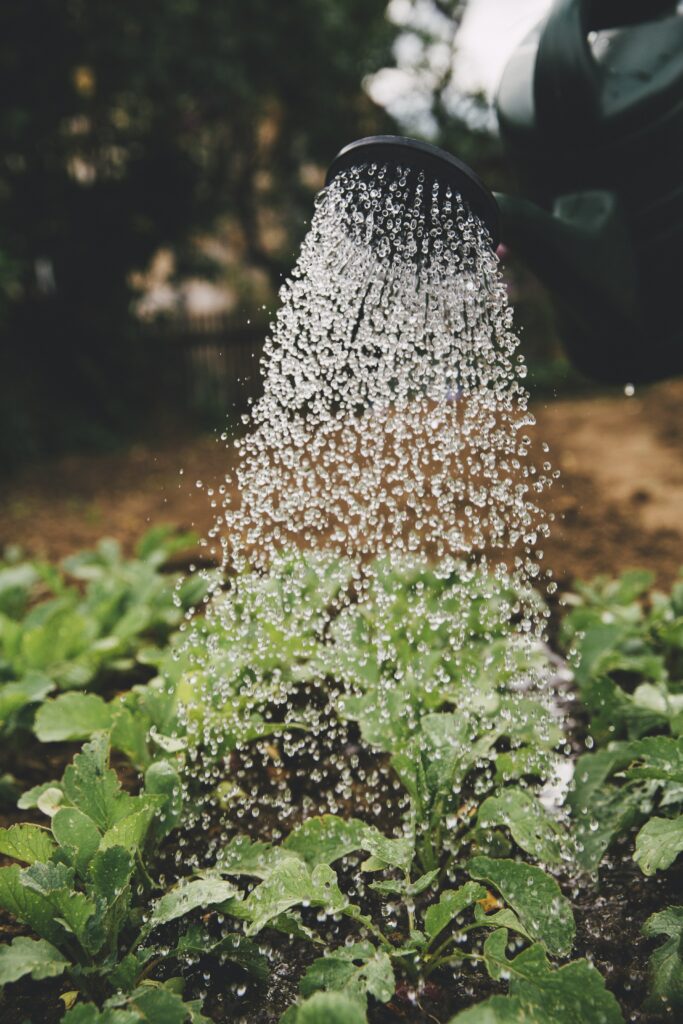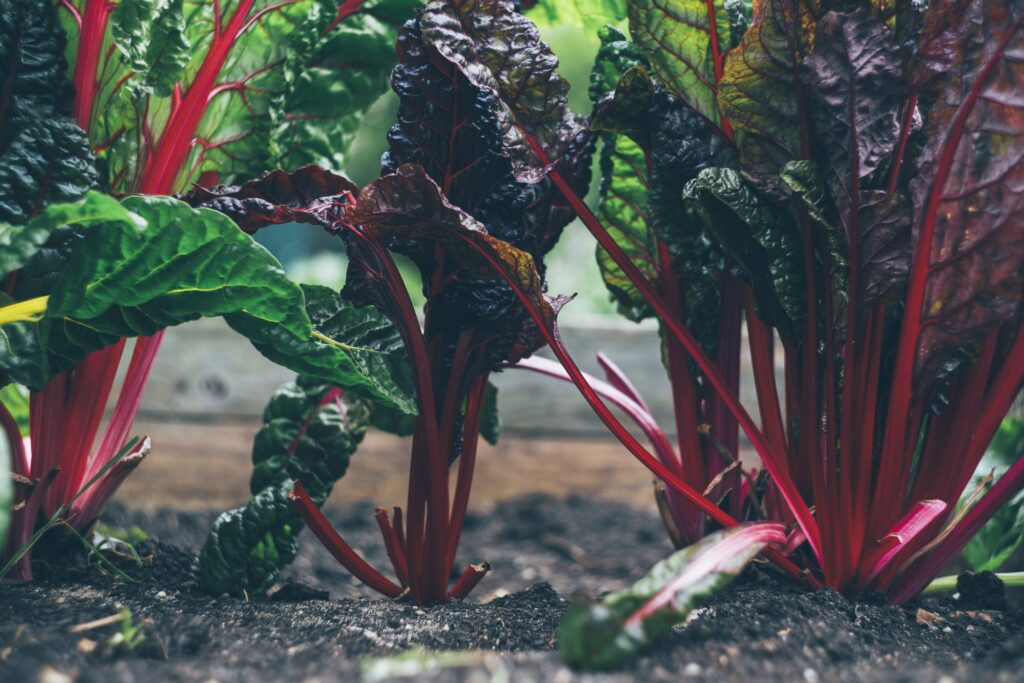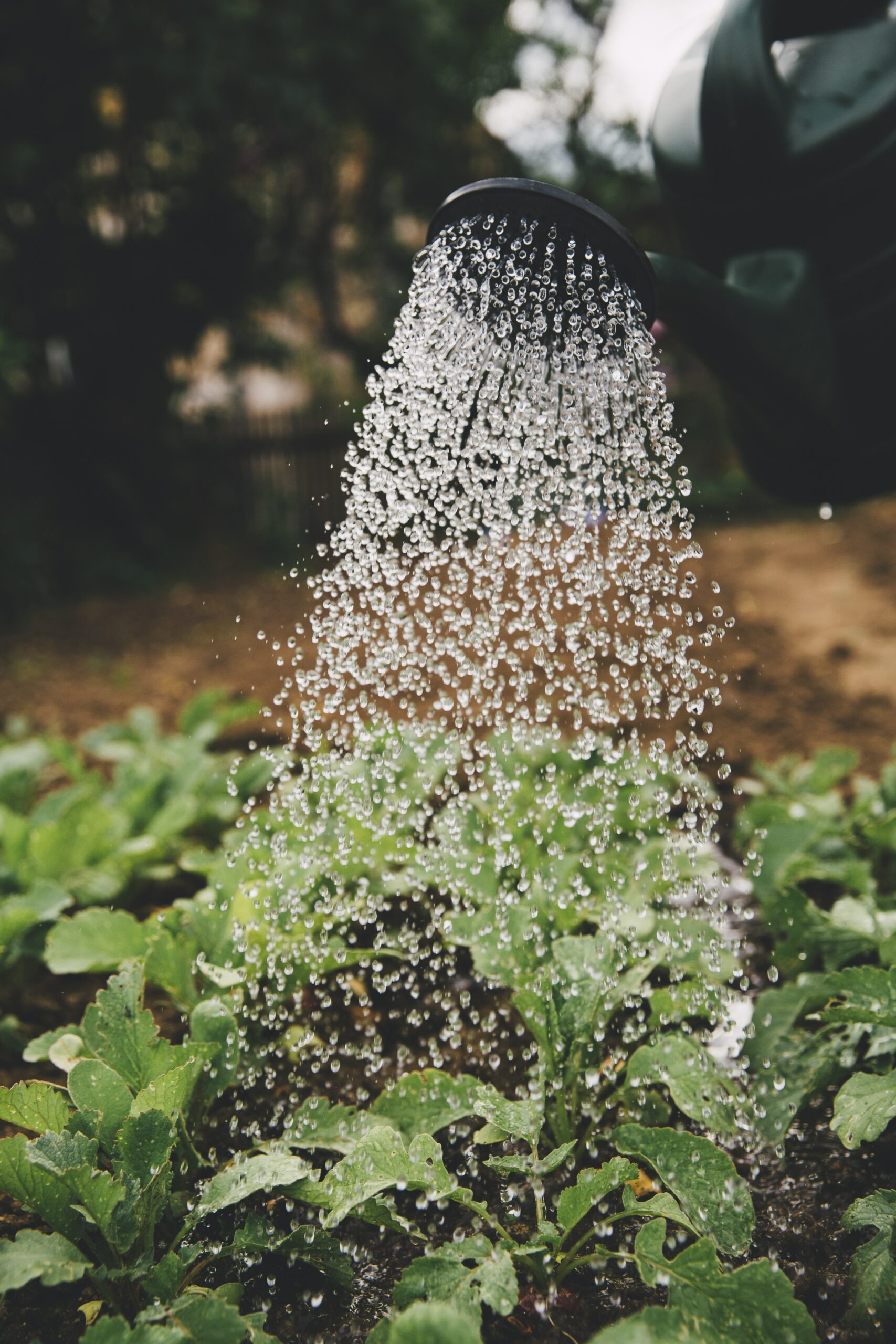Are you looking to make your garden thrive and flourish like never before? Look no further than our comprehensive guide on choosing the right flagship fertilizer. Whether you’re a seasoned gardener or just starting out, this ultimate guide is packed with expert tips and advice to help you achieve stunning results. From understanding the different types of fertilizers to identifying the specific needs of your plants, we’ve got you covered. Get ready to transform your garden into a lush, vibrant oasis with our ultimate guide to choosing the right flagship fertilizer.
Understanding the Basics of Fertilizers
When it comes to gardening, one of the most important factors for successful plant growth is ensuring that your plants receive the essential nutrients they need. Fertilizers play a vital role in providing these nutrients, helping to promote healthy growth, vibrant blooms, and bountiful harvests. But before you head to the garden center, it’s important to understand the basics of fertilizers.
Essential Nutrients for Plant Growth
Plants require several essential nutrients for healthy growth and development. These nutrients can be broadly classified into three categories: macronutrients, secondary nutrients, and micronutrients. Macronutrients are required in large quantities and include nitrogen (N), phosphorus (P), and potassium (K). Secondary nutrients, such as calcium (Ca), magnesium (Mg), and sulfur (S), are needed in moderate amounts. Micronutrients, like iron (Fe), manganese (Mn), zinc (Zn), and others, are needed in trace amounts.
Difference Between Organic and Synthetic Fertilizers
When it comes to fertilizers, there are two main categories: organic and synthetic. Organic fertilizers are derived from natural sources, such as compost, manure, and bone meal. They release nutrients slowly, providing a long-lasting and sustainable source of nourishment for plants. On the other hand, synthetic fertilizers are manufactured chemically and provide a quick release of nutrients. They can be tailored to specific nutrient ratios and are typically more concentrated than organic fertilizers.
Understanding NPK Ratio
One key aspect of fertilizers is the NPK ratio, which represents the relative proportions of nitrogen (N), phosphorus (P), and potassium (K) present in the fertilizer. This ratio is indicated by three numbers on the fertilizer label, such as 10-5-5. The first number represents the percentage of nitrogen, the second number represents the percentage of phosphorus, and the third number represents the percentage of potassium. Understanding the NPK ratio is important because different plants have varying nutrient requirements.
Assessing Your Garden’s Needs
Before you can select the right fertilizer for your garden, it’s crucial to assess its specific needs. This involves analyzing the soil composition, testing the soil pH level, and identifying any nutrient deficiencies.
Analyzing Soil Composition
Understanding the composition of your garden soil is essential for determining its fertility and nutrient-holding capacity. Soil composition refers to the percentages of sand, silt, and clay that make up the soil. By conducting a simple soil texture test, you can determine whether your soil is sandy, loamy, or clayey. This information will help you choose the appropriate fertilizer formulation for optimal plant growth.
Testing Soil pH Level
Soil pH is a measure of how acidic or alkaline the soil is. The pH level of your garden soil can affect the availability of certain nutrients to plants. Most plants prefer slightly acidic to neutral soil, with a pH range of 6.0 to 7.0. By using a soil testing kit or sending a soil sample to a laboratory, you can determine the pH level of your soil and make the necessary adjustments to create an optimal growing environment for your plants.
Identifying Nutrient Deficiencies
Observing the signs of nutrient deficiencies in your plants can help you understand which nutrients they may be lacking. Yellowing leaves, stunted growth, and poor fruit production are common signs of nutrient deficiencies. By identifying these deficiencies, you can select a fertilizer that provides the specific nutrients your plants need for healthy growth.

Types of Flagship Fertilizers
There are various types of flagship fertilizers available on the market, each with its own advantages and application methods. Understanding the characteristics and benefits of these fertilizers will help you make an informed decision when choosing the right one for your garden.
Water-Soluble Fertilizers
Water-soluble fertilizers are highly soluble in water, making them easy to apply and quickly absorbed by plants. They are often used for container gardening or as a foliar spray. These fertilizers provide a rapid nutrient boost and are especially useful during periods of active plant growth or when immediate correction of nutrient deficiencies is needed.
Granular Fertilizers
Granular fertilizers are solid, pellet-like formulations that release nutrients slowly over time. They are typically applied to the soil surface and gradually break down, providing a steady source of nutrients to plants. Granular fertilizers are well-suited for outdoor gardens and larger areas, as they require less frequent application compared to water-soluble fertilizers.
Slow-Release Fertilizers
Slow-release fertilizers are designed to release nutrients gradually over an extended period, providing a steady supply of nutrients to plants. These fertilizers are often formulated as coated pellets or granules. Slow-release fertilizers are convenient for busy gardeners, as they require less frequent application and reduce the risk of nutrient leaching or runoff.
Choosing the Right Fertilizer for Different Plants
Different types of plants have varying nutrient requirements, and choosing the right fertilizer is crucial for their optimal growth and productivity.
Flowering Plants and Shrubs
Flowering plants and shrubs often have high phosphorus (P) requirements, as phosphorus promotes flower and fruit production. Look for a fertilizer with a higher middle number in the NPK ratio, such as 10-20-10 or 5-10-5, to provide the necessary phosphorus for vibrant blooms.
Vegetables and Fruits
Vegetables and fruits generally benefit from a balanced fertilizer with equal or close to equal NPK ratios. A fertilizer with an NPK ratio of 10-10-10 or 14-14-14 can provide the necessary nutrients for healthy plant growth, robust fruits, and bountiful harvests.
Lawns and Grasses
For lawns and grasses, a fertilizer with a higher nitrogen (N) ratio is typically recommended. Nitrogen promotes lush green growth and helps maintain the vibrant appearance of your lawn. Look for a fertilizer with a higher first number in the NPK ratio, such as 20-5-10 or 16-4-8, to keep your lawn looking its best.

Considerations for Organic Gardeners
If you prefer organic gardening or want to avoid synthetic fertilizers, there are plenty of options available for you.
Benefits of Organic Fertilizers
Organic fertilizers offer several benefits for organic gardeners and environmentally conscious individuals. They improve soil structure, enhance soil fertility, and promote beneficial microbial activity. Organic fertilizers also release nutrients slowly over time, minimizing the risk of nutrient leaching and runoff.
Choosing Natural and Organic Options
When opting for organic fertilizers, look for products that are certified organic and made from natural sources, such as compost, manure, or fish emulsion. These natural fertilizers provide a rich blend of nutrients and organic matter, promoting healthy soil and plant growth.
Composting and Other Sustainable Practices
Composting is a fantastic way to create your own organic fertilizer and reduce kitchen and garden waste. By composting organic matter, such as vegetable scraps, grass clippings, and fallen leaves, you can produce nutrient-rich compost that enriches your garden soil naturally. Additionally, practicing sustainable gardening techniques, such as mulching and crop rotation, can help maintain a healthy and balanced ecosystem in your garden.
Understanding NPK Ratio
The NPK ratio is a crucial aspect of understanding fertilizers and their nutrient content.
Nitrogen (N) Ratio
Nitrogen is essential for promoting vigorous plant growth, leaf development, and overall green coloration. Fertilizers with a higher nitrogen ratio are ideal for stimulating above-ground growth and can be used during periods of active growth.
Phosphorus (P) Ratio
Phosphorus is vital for root development, flowering, and fruit production. Fertilizers with a higher phosphorus ratio are beneficial for plants that require a boost in these aspects. For flowering plants, shrubs, and fruiting trees, a higher phosphorus ratio is desirable.
Potassium (K) Ratio
Potassium is essential for plant overall health, disease resistance, and fruit quality. Fertilizers with a higher potassium ratio are beneficial for promoting robust root systems, improving plant tolerance to stress, and enhancing fruit flavor and quality.

Reading and Understanding Fertilizer Labels
Fertilizer labels provide essential information about the nutrient content and application guidelines.
Understanding the Nutrient Analysis
The nutrient analysis on fertilizer labels indicates the proportion of each nutrient in the product. It is represented by the NPK ratio, as well as the percentage of secondary nutrients and micronutrients. Understanding this information will help you select the right fertilizer for your plants and their specific needs.
Applying Correct Amounts
Fertilizer labels usually provide guidelines on how much to apply for different plant types and sizes. It’s important to follow these recommendations and apply the correct amount of fertilizer to avoid over-fertilization, which can harm plants, or under-fertilization, which may lead to nutrient deficiencies.
Frequency and Timing of Application
The fertilizer label will also provide information on the frequency and timing of application. Some fertilizers are applied once a year, while others may require multiple applications throughout the growing season. Following the recommended application schedule ensures that your plants receive the nutrients they need at the right time for optimal growth.
Fertilizer Application Methods
Different types of fertilizers require specific application methods to ensure proper nutrient absorption and minimize waste.
Broadcasting
Broadcasting is a common method of fertilizer application, especially for granular fertilizers. It involves spreading the fertilizer evenly over the soil surface using a spreader or by hand. This method is ideal for large areas or when fertilizing the entire garden.
Top Dressing
Top dressing involves applying fertilizer directly to the soil surface around the base of plants. It is commonly used for slow-release fertilizers or for adding additional nutrients to established plants. This method allows for more targeted nutrient delivery and reduces the risk of fertilizer runoff.
Foliar Feeding
Foliar feeding involves applying fertilizer directly to the leaves of plants. This method allows for quick nutrient absorption and is often used as a supplemental feeding technique. However, foliar feeding should not replace regular soil fertilization and should be used sparingly to avoid damaging plant leaves.

Sustainable Fertilizer Practices
To minimize the potential environmental impact of fertilizers, it’s important to adopt sustainable fertilizer practices.
Reducing Fertilizer Runoff
Fertilizer runoff can contribute to water pollution and harm aquatic ecosystems. To reduce runoff, avoid fertilizing before heavy rainstorms or apply fertilizers when the weather is dry and calm. Additionally, ensure that you follow recommended application rates and methods to prevent excess fertilizer from reaching waterways.
Using Natural Pest Controls
Integrating natural pest control methods, such as beneficial insects, companion planting, and organic pest repellents, helps reduce the reliance on chemical pesticides. By promoting a balanced ecosystem in your garden, you can minimize the need for excessive fertilizer use and maintain a healthy and thriving environment.
Implementing Crop Rotation
Crop rotation is a sustainable practice that involves changing the types of plants grown in a specific area over time. By rotating crops, you can prevent the buildup of pests and diseases, reduce soil nutrient depletion, and optimize overall garden health. This practice helps minimize the need for excessive fertilization and promotes a more sustainable and productive garden.
Frequently Asked Questions
Here are some commonly asked questions about fertilizers and their impact on gardening practices.
Can Fertilizers Harm the Environment?
When used improperly or in excessive amounts, fertilizers can harm the environment. Fertilizer runoff can contribute to water pollution, adversely affecting aquatic life and ecosystems. To mitigate the environmental impact, it’s important to follow recommended application rates, methods, and timing.
When and How Often Should I Fertilize?
The timing and frequency of fertilizer application depend on the type of plant, the specific fertilizer used, and the growing conditions. Generally, fertilizing in early spring and mid-summer is beneficial for most plants. It’s important to read the fertilizer label for specific instructions on timing and frequency, as different products may have varying recommendations.
Are There Alternatives to Chemical Fertilizers?
Yes, there are several alternatives to chemical fertilizers, including organic fertilizers, compost, and natural soil amendments. These options provide a sustainable and environmentally friendly approach to nourishing your garden plants. By adopting organic gardening practices, you can minimize chemical inputs and create a healthier and more sustainable garden ecosystem.
In conclusion, choosing the right flagship fertilizer for your garden is essential for promoting healthy plant growth and maximizing yields. Understanding the basics of fertilizers, assessing your garden’s needs, and considering the specific requirements of different plants will guide you in making informed decisions. Whether you opt for organic or synthetic fertilizers, it’s important to practice sustainable fertilizer application methods and implement environmentally friendly gardening practices. By nurturing your garden with the right nutrients, you’ll create a thriving and vibrant oasis right in your own backyard.

